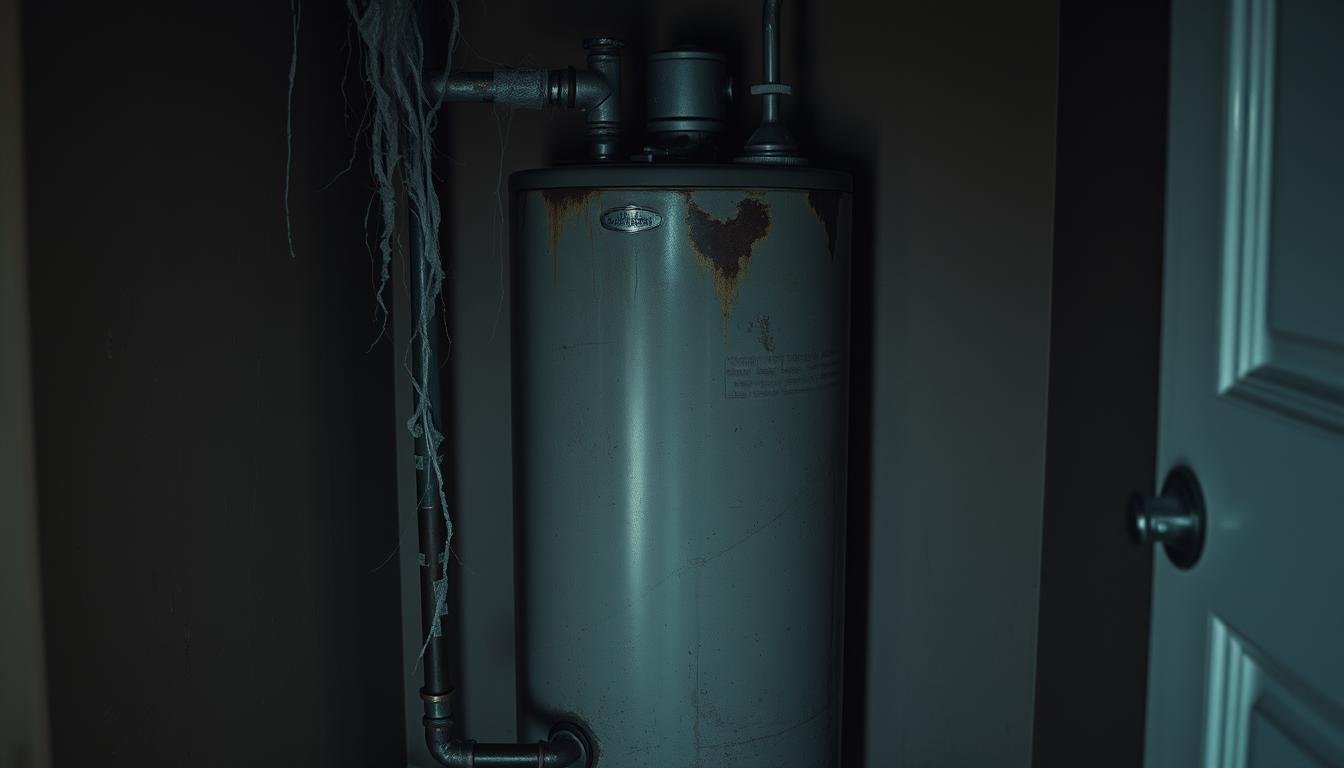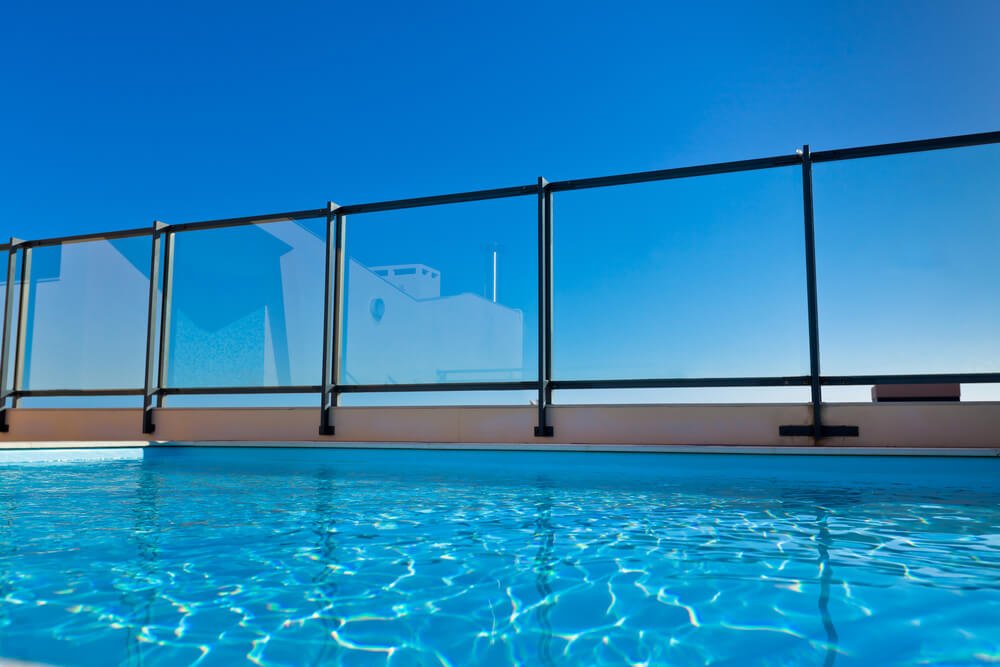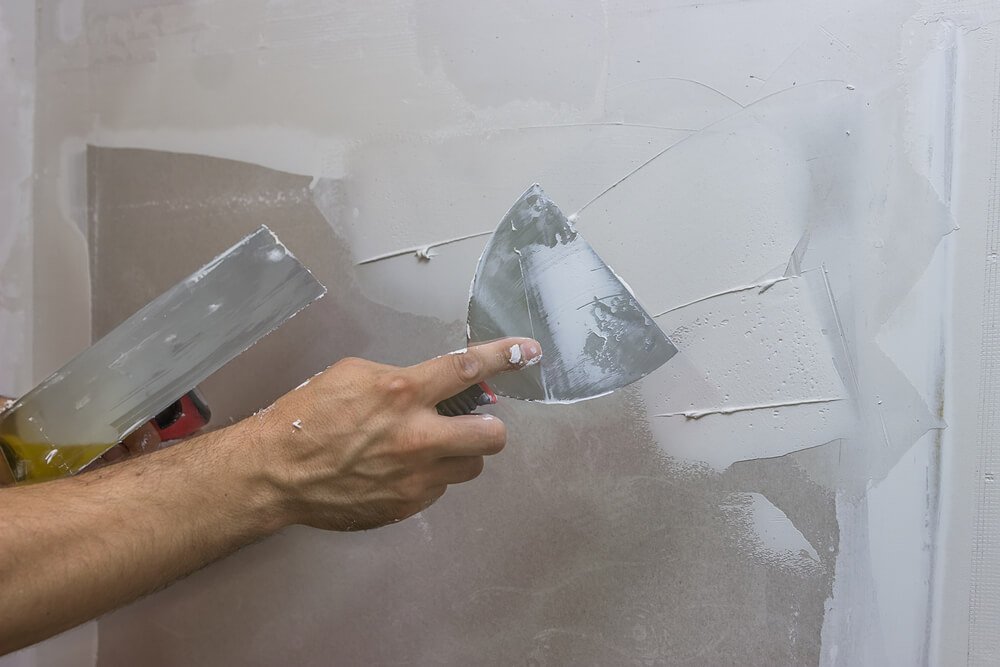Cold showers and dirty dishes can really mess up your day. A broken water heater stops everything. Millions face “no hot water” problems every year.
Most fixes are simple. As experts in water heater replacement in Orange County, our friends at The Water Heater Warehouse will show you how to fix water heater not heating issues. You might need to relight the pilot, drain the tank, or reset the electric system.
Some problems you can fix yourself. But, some need a professional. We’ll tell you when to try it yourself and when to call a pro. Your next hot shower is just a few steps away.
Before You Begin: Safety First
Always turn off power or gas before starting. For electric heaters, switch off the circuit breaker. Gas heaters need the supply valve closed and the pilot light off.
Required Tools and Safety Equipment
- Wear gloves, safety glasses, and non-slip shoes.
- Test voltage with a multimeter before handling electric parts.
- Keep a fire extinguisher nearby.
- If you smell rotten eggs or hear hissing, leave immediately. Gas leaks are life-threatening.
Check Your Warranty Information
Look at your warranty documents. Brands like Rheem or AO Smith might not cover repairs if you mess with parts like the anode rod. For example, fixing a gas line yourself could cost thousands later.
Signs like a flickering pilot light or water under the tank mean you need a pro. Trust your nose—if you smell gas or see rust, stop and call a licensed technician. Safety steps take 10 minutes but prevent disasters. Your family’s safety is worth more than DIY savings.
Quick Diagnostic Checklist: Is Your Water Heater Working?
Power Supply Check
- Electric heaters: Flip your breaker to “off” then back to “on” if tripped
- Gas heaters: Ensure the gas valve is fully open and pilot light glows blue
- Check thermostat isn’t set below 120°F (49°C)
Fuel Source Verification (Gas Models)
- Look for a steady blue flame—if yellow or gone, relight pilot per manual
- Ensure gas supply line isn’t blocked or disconnected
- Listen for hissing gas—shut off supply and contact a pro if present
Water Temperature Test
Test kitchen, bathroom, and laundry faucets with a cooking thermometer:
- Run hot water until it’s fully heated (wait 30 minutes first)
- Note temperatures at each fixture
- If all show cold water: proceed to electrical/gas checks
- If only some taps are cold: inspect plumbing connections
Document temps and findings before moving forward. Water heater troubleshooting saves time when you know exactly where to focus.
Common Water Heater Problems and Solutions
Hot water not working? Let’s tackle the most common water heater problems head-on. Most issues stem from simple fixes you can address yourself or with a pro’s help. Here’s how to spot and solve them:
No Hot Water: Causes and Fixes
- Electric models: Check the breaker. A tripped switch cuts power. If the element is broken, replace it ($50-$100). Replace if flickering lights or lukewarm water.
- Gas units: If the pilot light is out, relight it. Frozen lines? Thaw them first. Persistent issues? Call a pro to check the gas control valve.
- Sediment buildup? Flushing the tank removes sludge blocking heat transfer. Do this yearly to prevent overheating or leaks.
Insufficient Hot Water
Running out of hot water fast? Sediment in the tank or a broken dip tube can mix cold and hot water. Replace the dip tube ($20) or flush the tank. Upgrading to a larger unit may solve undersized system issues.
Water Quality Issues
Rusty, smelly, or discolored water? Sulfur smells mean bacteria growing in stagnant water. Flush the tank and add hydrogen peroxide to kill microbes. Install a water softener to prevent mineral buildup damaging the tank.
Unusual Noises
- Popping or rumbling: Sediment vibrating inside. Flush the tank to clear buildup.
- Whistling or hissing: Faulty pressure relief valve. Replace it ($20-$30) to stop leaks.
- Knocking sounds: Worn heating elements. Replace them to restore quiet operation.
Most fixes start with simple checks. But if you’re unsure, call a licensed plumber to avoid safety risks. Prioritize safety first—always turn off power or gas before inspecting parts.
DIY Water Heater Repair Guide
Fixing your water heater not producing hot water starts here. Follow these steps to tackle common issues safely. Always prioritize safety and know when to call a pro.
Testing and Replacing Heating Elements
Dead heating elements cause no hot water. Turn off power and water. Use a multimeter to test elements. If faulty, replace with a compatible part. Tighten connections to manufacturer specs. Skill level: Intermediate. Time: 1–2 hours.
Thermostat Replacement Steps
Calibrate or replace your thermostat. Turn off power, remove access panel, and test with a multimeter. Replace faulty parts. Set temperature to 120°F max. Skill level: Advanced. Time: 45–60 minutes.
Pilot Light Troubleshooting and Ignition
If your pilot won’t stay lit, check the gas valve. Turn it fully open and relight following the manual. If it flickers or goes out, the high-temperature cutoff switch may be tripped. Reset it by pressing the button. Skill level: Beginner. Time: 10–15 minutes.
Pressure Relief Valve Inspection and Replacement
Test the valve monthly. Lift the lever to release pressure. If it leaks or sticks, shut off water and gas, then replace the valve. Skill level: Beginner. Time: 20–30 minutes.
Every repair requires tools like screwdrivers, multimeters, and wrenches. If unsure, skip to section 10 for pro help. Safety first: gas leaks or electrical shocks can be dangerous. Trust your instincts—if it feels unsafe, call a licensed technician.
Understanding Your Water Heater Components
Knowing your water heater’s parts makes water heater maintenance simpler.
Heating Elements and Thermostats
Electric water heaters use heating elements to warm water. These elements are usually copper or stainless steel rods. They come in pairs, one at the top and one at the bottom.
Over time, they can get clogged with minerals or wear out. This can make your water feel lukewarm. You can use a multimeter to check if an element is working. Replace them every 10-15 years to avoid fixing water heater issues later.
Anode Rod Function and Replacement
The anode rod is like a “corrosion magnet.” It protects the tank by sacrificing itself. When it looks like bare wire, it’s time to replace it.
Not replacing it can cause the tank to fail, which is expensive. Check the anode rod yearly during water heater maintenance for electric units.
Gas Control Valve and Burner Assembly
In gas heaters, the gas valve and burner work like a stove’s pilot light. The thermocouple makes sure gas stops flowing if the flame goes out. Rust on the valve or yellow flames mean there’s a problem.
Clean or replace parts to keep your system safe and efficient.
Pressure Relief Systems
- Pressure/temperature valves release steam when levels hit 210°F or 150 PSI to prevent explosions.
- Test monthly by lifting the lever. If water sprays, it’s working. Replace if stuck or leaking.
- Ignoring this part can lead to dangerous failures—don’t skip water heater maintenance checks here.
Knowing these parts helps you spot problems early. A corroded anode rod or faulty element is fixable. Regular checks save money and headaches later.
Preventative Maintenance: Extend Your Water Heater’s Life
Regular water heater maintenance is not just a task—it’s a smart choice. Skipping it can lead to higher bills, repairs, and early replacements. A well-cared-for heater can last 10-12 years. But neglect can cause leaks, odors, or sudden failure. Here’s how to keep your heater in top shape:
- Flush the Tank Annually: Sediment buildup slows heating. Turn off power, attach a hose, and drain 3-5 gallons. This boosts efficiency and prevents corrosion.
- Inspect Pressure Valves: Test the relief valve every six months. If it leaks or doesn’t reset, replace it right away to avoid dangerous pressure spikes.
- Adjust Temperature: Set the thermostat to 120°F. Need help? This guide shows how to safely adjust your water heater settings.
Preventing scale is crucial. Use a water softener or anti-scale device if your water is hard. Flushing every six months (or annually) stops mineral buildup from clogging pipes.
- Wrap the tank with an insulation blanket to cut heat loss by 25-45%, saving up to 16% on energy bills.
- Check for leaks monthly. Even a small drip can signal a corroded tank needing professional attention.
Decide: DIY or hire a pro? Flushing and insulation are easy tasks. But replacing an anode rod or fixing gas controls? Leave that to experts. Professional inspections cost $80-$150 but catch issues early.
Keep a maintenance log. Note dates, tasks, and observations. This helps spot patterns like sudden efficiency drops. Small steps now mean fewer emergencies later.
When to Repair vs. Replace Your Water Heater
Deciding between repair and replacement starts with knowing your unit’s age and the severity of the water heater problems. Let’s break it down step by step.
Age Considerations
Tank water heaters last 8–12 years. Tankless models can run 15–20+ years. If yours is nearing the end of its lifespan, replacement often saves money long-term. Example: A 12-year-old tank heater with thermostat issues? Replacing it might cost less than repeated water heater repair bills.
Cost Analysis
Use this rule: If repairs cost over 50% of a new heater’s price, replace instead. Example: A 10-year-old unit needing $800 repairs when a new model costs $1,500? That’s over 53%—time to upgrade. Factor in energy bills too. Older tanks use 14% of a home’s energy. Modern models cut that cost.
Signs It’s Time to Replace
Watch for these red flags:
– Rusty water or persistent leaks
– Knocking noises (sediment buildup)
– Frequent breakdown calls (e.g., multiple water heater repair visits yearly)
– Hot water only lasts 10–15 mins
Energy Efficiency Upgrades
Tankless models save 20–30% on energy. If your current heater is over 10 years old, upgrading cuts long-term costs. Example: Replacing a 12-year-old gas model with a tankless unit could pay off in 5–7 years through savings.
Choosing Your Next Water Heater
When your water heater stops working or you have no hot water, picking the right one is crucial. Let’s look at your options to prevent future problems.
Tank vs. Tankless Systems
– Tank models hold hot water in a tank (40-80 gallons). They’re great for big families needing constant hot water.
– Tankless systems heat water as you need it. They save space and energy but might struggle when many people use them at once.
Rheem’s IKONIC SR-Series tankless models have recirculation to cut down wait times.
Gas vs. Electric Models
– Gas heaters (natural gas or propane) heat water faster. Gas Rheem tankless units can save 20-30% on energy costs compared to electric.
– Electric models are simpler to install but might need a panel upgrade. Rheem’s ProTerra electric heat pump uses 4x less energy than standard tanks.
Sizing Guidelines for Your Household
Choosing the right size is important. A family of four needs at least a 50-gallon tank or a 7 gallons-per-minute tankless system. Use this formula:
– Daily hot water usage (gallons) + 20% = minimum tank size.
Don’t choose too small to avoid running out of hot water during showers or laundry.
Energy Efficiency Ratings Explained
– Look for Energy Star® certified models for tax credits and long-term savings.
– Rheem’s ProTerra Hybrid Electric uses 75% less energy than standard tanks.
– EcoNet® Wi-Fi features track energy use and detect leaks.
Compare costs and features. Tank systems cost $400-$1,500. Tankless units start at $1,000 but last 20+ years. Choose reliability to avoid future repairs.
Professional Help and Resources
When water heater troubleshooting steps don’t work, get expert help. If your water heater still doesn’t heat water, here’s how to find reliable help.
Finding Qualified Water Heater Technicians
Search for licensed plumbers who know Rheem or AO Smith systems. Ask for their references and check online reviews. Petro Home Services, covering DC, CT, MA, MD, NJ, NY, PA, and RI, has certified techs for all types of water heaters.
Remember to have your water heater’s model number and installation date ready. Their team fixes leaks, sediment, and bacteria. Call Sales at 888.645.4328 or Service at 800.645.4328.
Questions to Ask Before Hiring
- “Have you fixed my water heater brand/model before?”
- “Will repairs include a written estimate and warranty?”
- “What’s your process for parts sourcing and cleanup?”
Emergency Service Options
Call fast if you smell gas, see flooding, or hear sparking. Petro’s emergency team is ready for urgent issues like broken valves or corroded rods. They also fix error codes and unsafe temperatures.
Additional Learning Resources
State Water Heaters offers repair guides online. Petro’s blog has maintenance tips, and apps like Fixd track service history. Always compare plumbers using BBB ratings and energy.gov’s guides.



